This article relies largely or entirely on a single source .(September 2021) |
Karl Hermann Joseph Hubert Hilgers (17 January 1844 – 25 February 1925) was a German sculptor.
This article relies largely or entirely on a single source .(September 2021) |
Karl Hermann Joseph Hubert Hilgers (17 January 1844 – 25 February 1925) was a German sculptor.
Born in Düsseldorf, the son of the landscape painter Carl Hilgers , he studied at the Kunstakademie Düsseldorf with August Wittig from 1864 to 1870. During a study trip he lived in Rome from 1873 to 1876. 1876–1895 he worked in Berlin, where he also received the title professor. 1895–1898 he was again active in Rome with a stay in the Villa Strohl-Fern, 1898–1902 in Florence and from 1902 again in Berlin. In the period 1896/1897 he was chairman of the Deutsche Künstlerverein zu Rome. [1] Hilgers created numerous public monuments and competition designs, with which he was frequently represented at exhibitions from 1880 to 1916 (for example in Berlin, Munich and Düsseldorf) and also received prizes. In 1907, he was awarded a small gold medal at the Große Berliner Kunstausstellung. He was a member of the Verein Berliner Künstler .
Hilgers was married to Maria, née Andreae. He died in Berlin at the age of 81 and was buried at the Stahnsdorf South-Western Cemetery near Berlin.


Adolf von Donndorf was a German sculptor.

Konrad Knoll was a German sculptor.
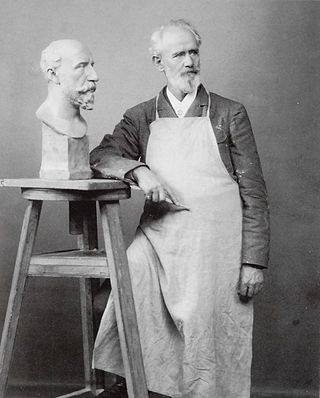
Johann Friedrich Reusch was a German sculptor and art teacher.

Peter Christian Breuer was a German sculptor.

Gustav Heinrich Eberlein was a German sculptor, painter and writer.
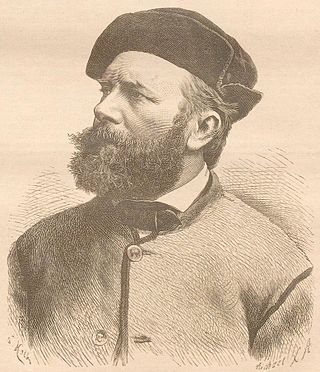
Carl Conrad Albert Wolff was a German sculptor, and medallist.

Gerhard Adolf Janensch was a German sculptor and medailleur.
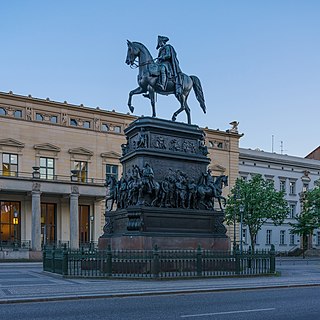
The equestrian statue of Frederick the Great on Unter den Linden avenue in Berlin's Mitte district commemorates King Frederick II of Prussia. Created from 1839 to 1851 by Christian Daniel Rauch, it is a masterpiece of the Berlin school of sculpture, marking the transition from neoclassicism to realism. The bronze statue shows "The Old Fritz" dressed in military uniform, ermine coat and tricorne hat on horseback above the leading generals, statesmen, artists and scientist of his time. Walled in during World War II, it was disassembled by East Germany in 1950, reassembled in Sanssouci Park in 1963, and returned to its original location in 1980.

Karl Lorenz Rettich was a German landscape artist and draftsman.
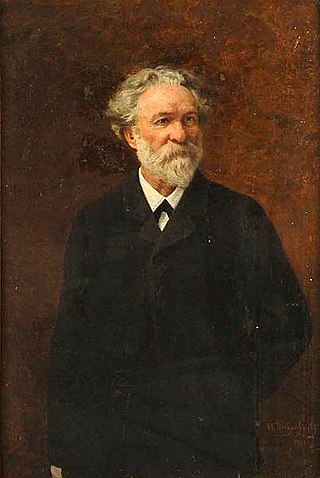
Anton Heinrich Dieffenbach was a German landscape and genre painter; noted for his portrayals of cute children.
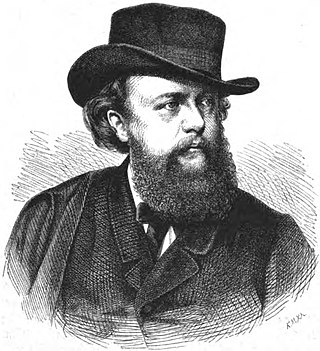
Robert Cauer the Elder was a German sculptor; known for his funerary art.
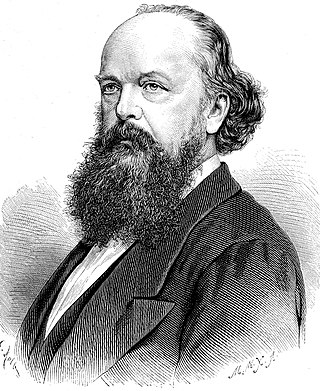
Karl Ludwig Cauer was a German sculptor in the Classical style.

Carl Gottfried Eybe (1813–1893) was a 19th-century German painter, lithographer and sculptor.
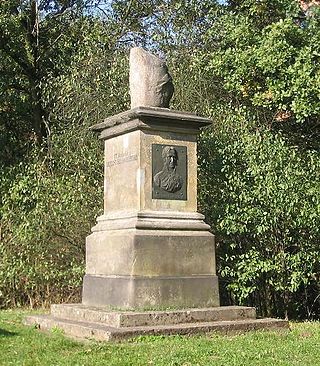
August Julius Streichenberg was a German sculptor and art professor.
Julius Bayerle was a German sculptor and painter as well as a teacher at the Kunstakademie Düsseldorf.

Eduard Adolf Daelen was a German painter and writer. For some of his writings he used the pseudonyms Ursus teutonicus, Angelo Dämon, Edu Daelen-Bachem and Michel Bär. He became known above all for the first biography of Wilhelm Busch, which he wrote in 1886.
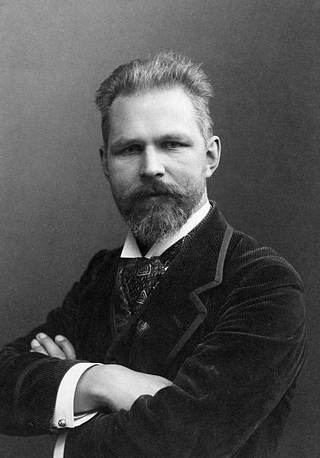
August Ludwig Georg Meyn was a German portrait and genre painter.
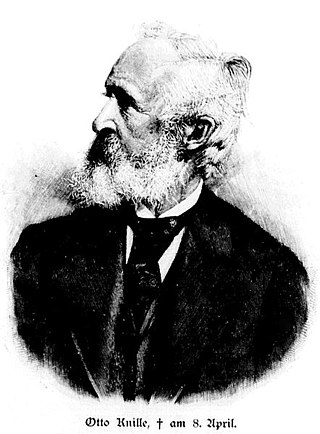
Otto Knille was a German history painter; associated with the Düsseldorfer Malerschule.

Johannes Everding was a German sculptor and medallist, primarily known for monuments and fountains.

Paul Friedrich Gustav Peterich, born Petersen was a German sculptor.